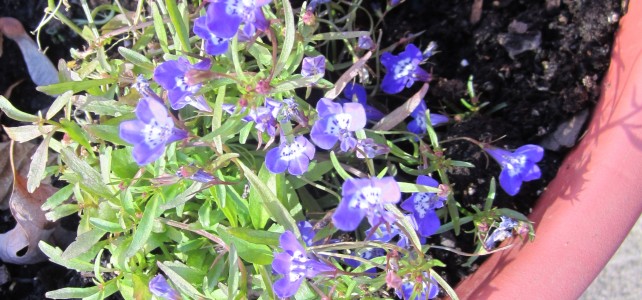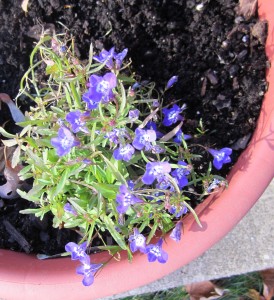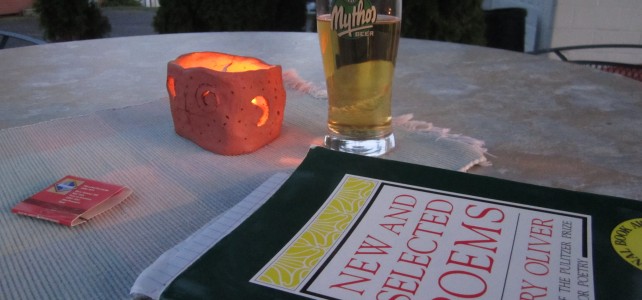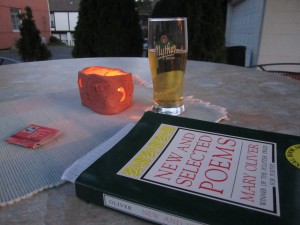During the day, I’ve been moving a large pot of flowers from one location to another, seeking out the sun. Why lug around a pot of flowers just so they can soak up a few more rays? First, the pot isn’t that heavy. Second, here’s the back story.
Five years ago, I spent a month in Paris with two of my daughters. One was working in a museum there. The youngest, like me, went to spend time with her sister and to enjoy the adventure of exploring the city. With an Airbnb apartment across from the Jardin des plantes as our base, we ventured out to museums, parks, markets, and other landmarks or wandered the streets, ready to be surprised. We spent time cooking, drawing, painting, and writing in journals. One excursion was particularly exciting: a day trip to Monet’s Garden in Giverny.
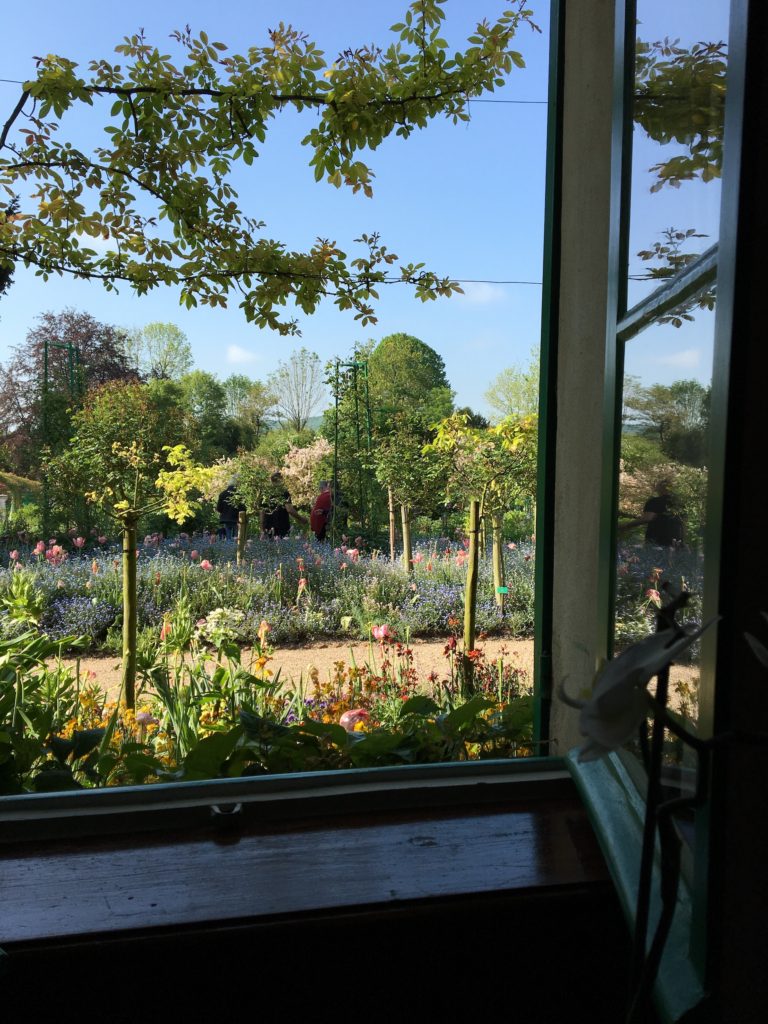
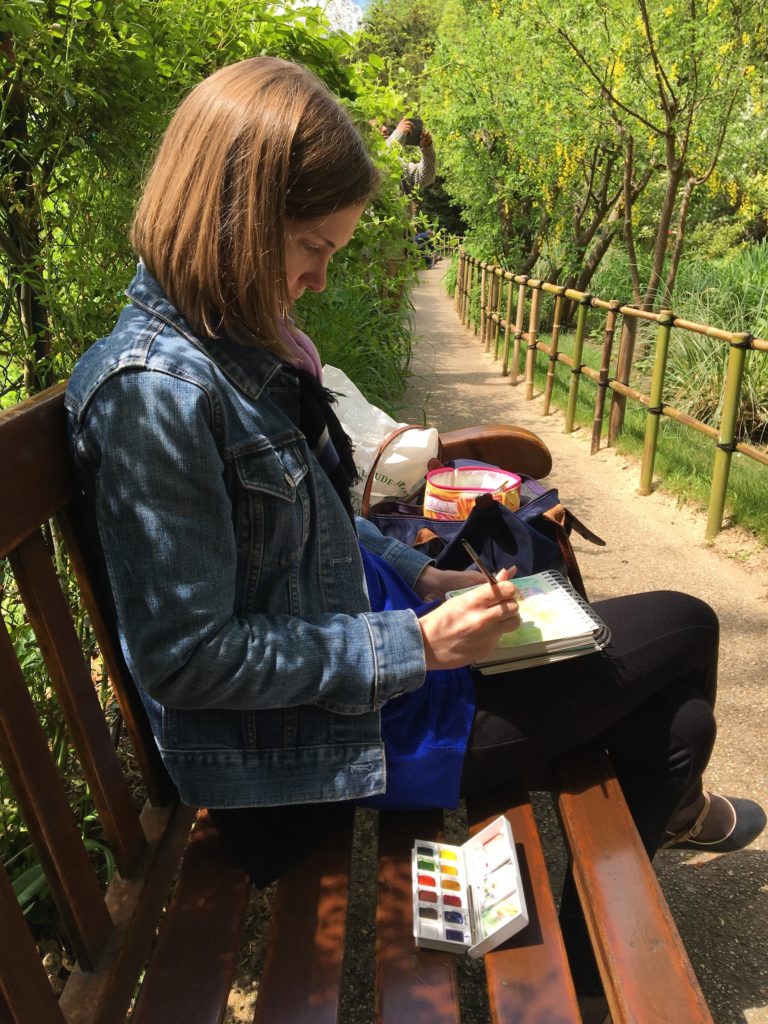

After reading about Monet and falling in love with his paintings when she was eight, my youngest daughter began saving for her dream trip to his garden. With her first set of oils, she began painting and she invited me out of my warm bed to wrap up in a blanket, sit on the cold concrete porch, and watch the sunrise, like Monet. Finally, decades later, we were on a train heading to Giverny. And that is the beginning of the pot of flowers I move about, following the sun’s path across the sky.
I bought seed packets at the Monet’s Garden gift shop and gave many away as presents. Two packets remained tucked away in the back of a dresser drawer: bachelor buttons and nasturtiums. This spring the seeds were well past the recommended date for planting, but I decided to give them a try anyway.
To my delight, some of them germinated. More bachelor buttons than nasturtiums, but some of each. The tall, leggy bachelor buttons grew faster and bloomed sooner. Then the first bright yellow-orange nasturtiums opened, stunning against their round, green leaves. But nasturtiums love sunlight. You’ve likely seen photos or paintings of them spilling over the trellised walkway leading to Monet’s large pink house.
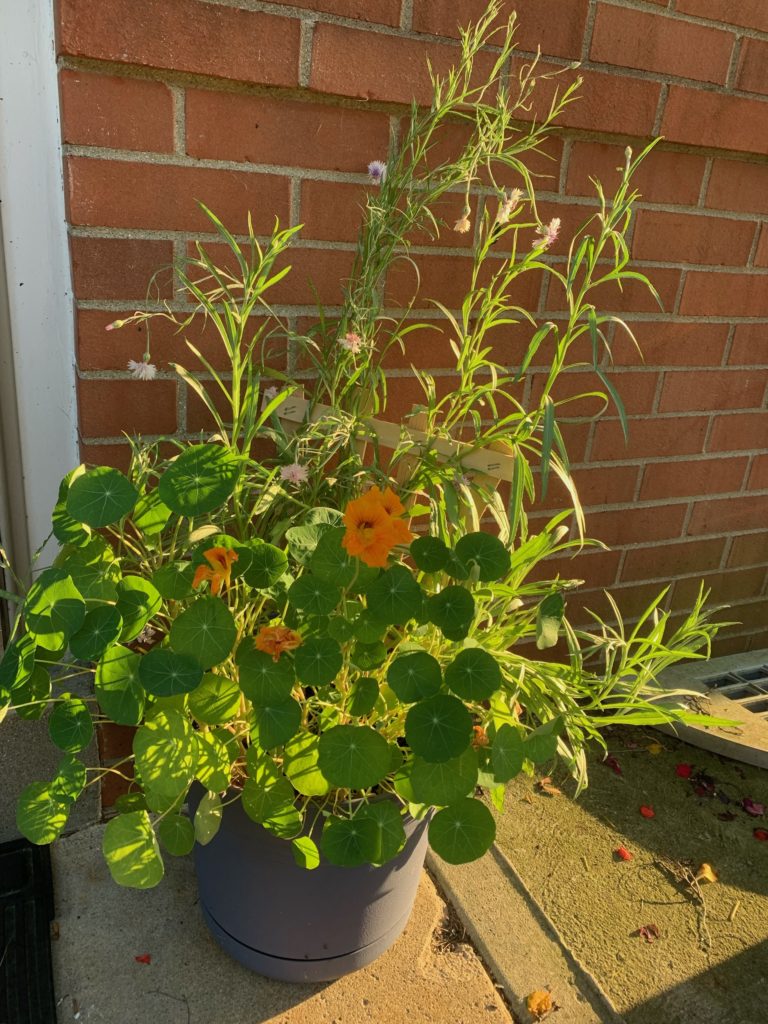
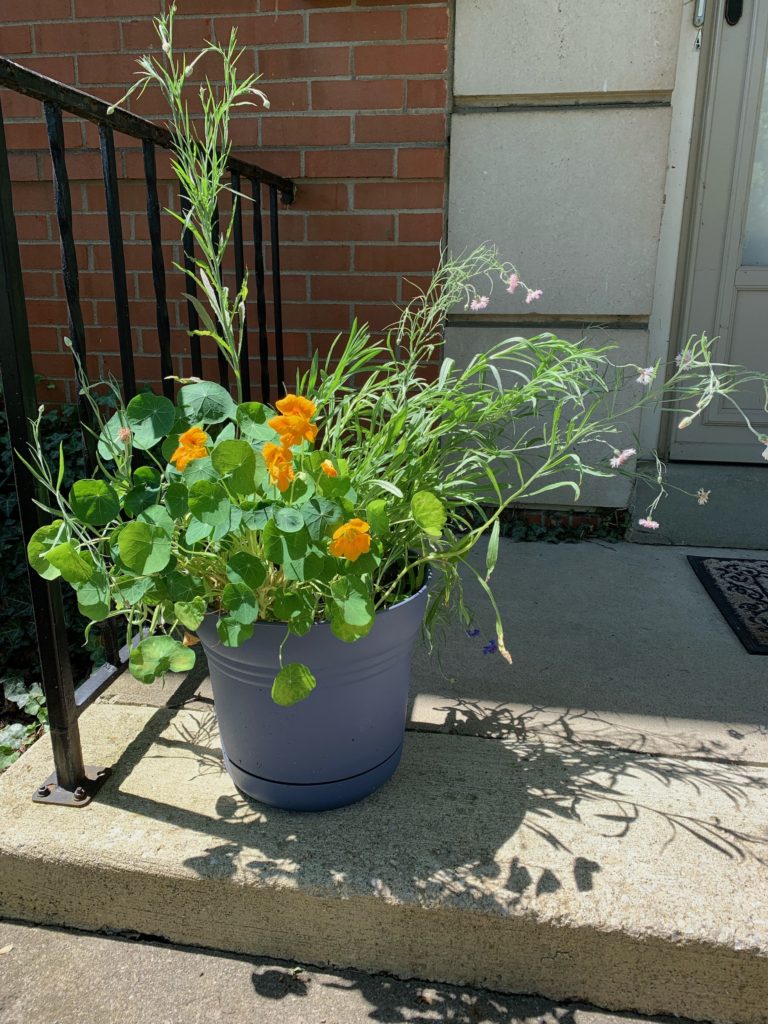
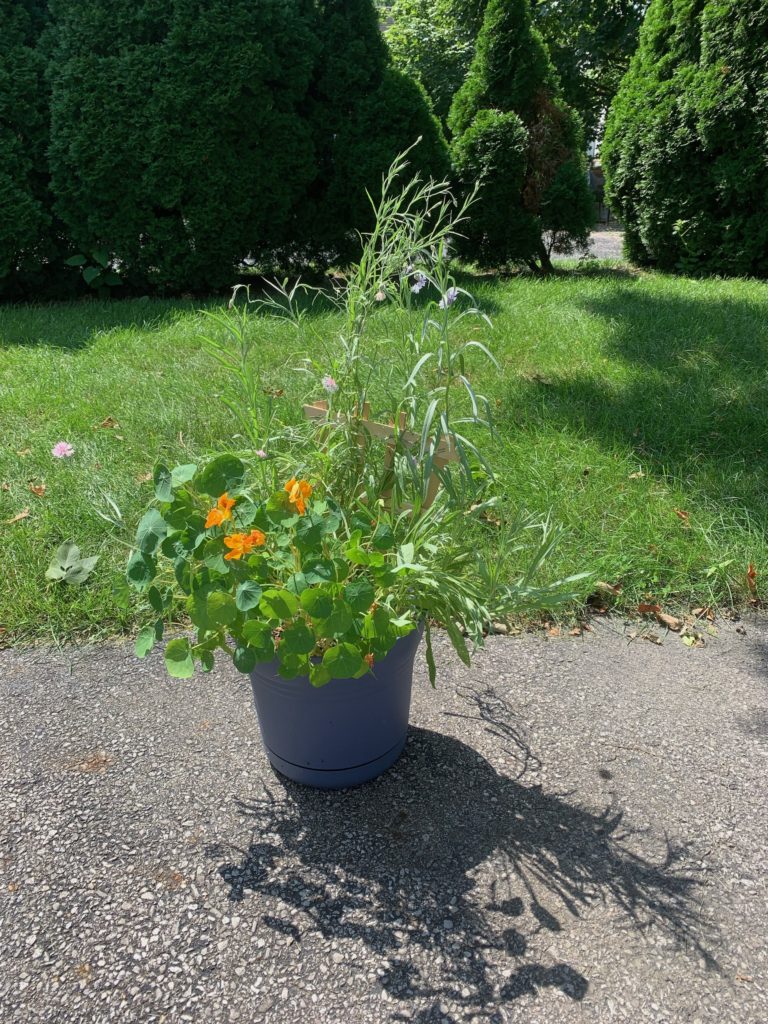
My little kitchen porch doesn’t get much sun, and I want to nurture those flowers. So sometimes they are on my side porch. Sometimes on the front. Sometimes on the driveway. Soaking up sun and being their amazing, beautiful selves. They transport me back to that month in Paris and visit to Monet’s Garden and flood my heart with blessing and gratitude.
Grace, I’ve found, isn’t limited by time or place. The joy and grace of those Parisian spring days remain and are “freshened” in my soul through memory. Remembering isn’t passive, simply recalling something that is gone. Remembering brings a time or person or experience into the moment, and Grace flows bright and strong again.
This morning the green fists of the peonies are getting ready to break my heart / as the sun rises, / as the sun strokes them with his old, buttery fingers // and they open— …
Mary Oliver from poem “Peonies” in New and Selected Poems: Volume One
Isn’t that what many prayer rituals are about? Why believers from the world’s religious traditions read their holy books? Isn’t that why sharing our stories is transformational for both teller and listener?
I’m currently rereading my friend Neal Loving’s autobiography, Loving’s Love: A Black American’s Experiences in Aviation. He was a pioneer in aviation during times when people of color were not encouraged to enter the world of flight. One of the planes he designed and built has recently been acquired by the Smithsonian. As his stories did when he shared them in person with students and audiences here and abroad, they continue to provide hope and grace to readers today.
I love reading poetry for the same reason. It shares a moment or an insight that touched the poet’s life and now touches mine. Mary Oliver is a master of this, painting vivid pictures of her observations that nudge her readers to connect with their own experiences, allowing them to enrich their lives all over again.
So, besides simply wanting to help these striking flowers grow and flourish and be what they are made to be – glorious bits of beauty that brighten the world – I reposition their pot day after day to savor the memories and drink in the Grace they bring.
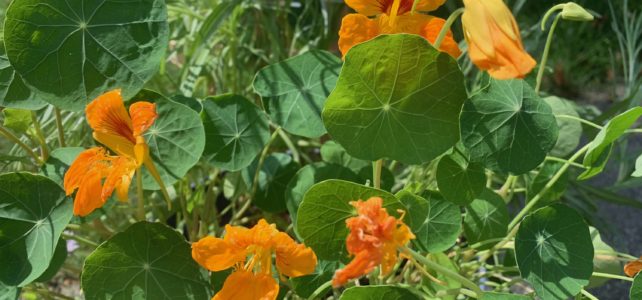

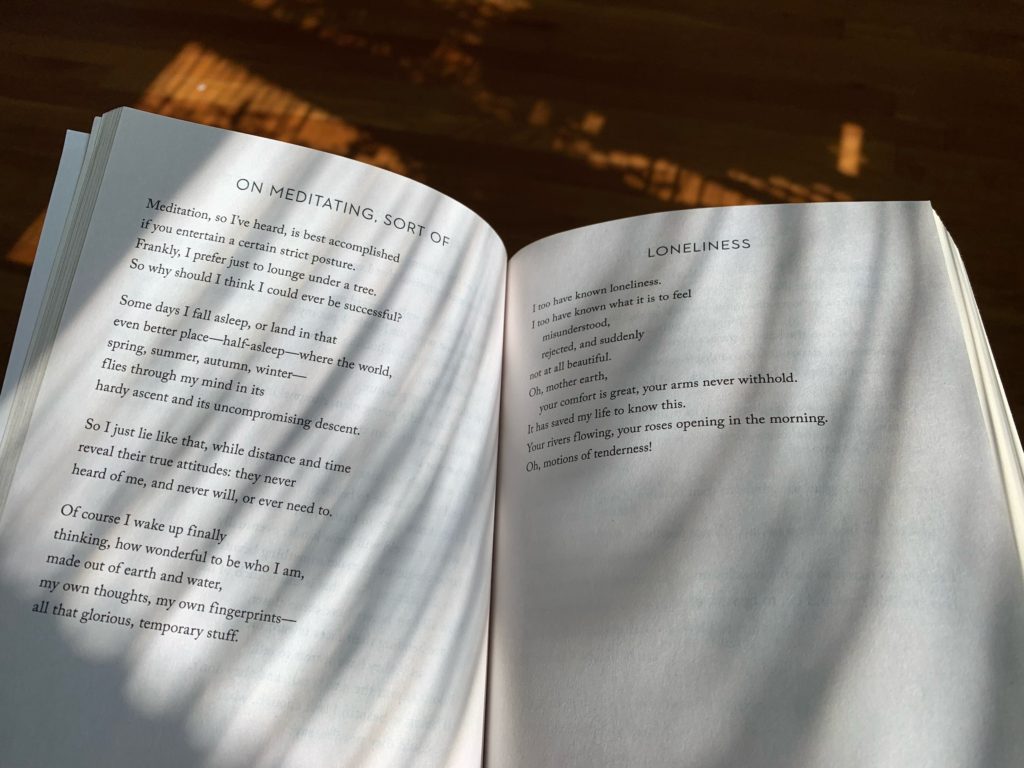

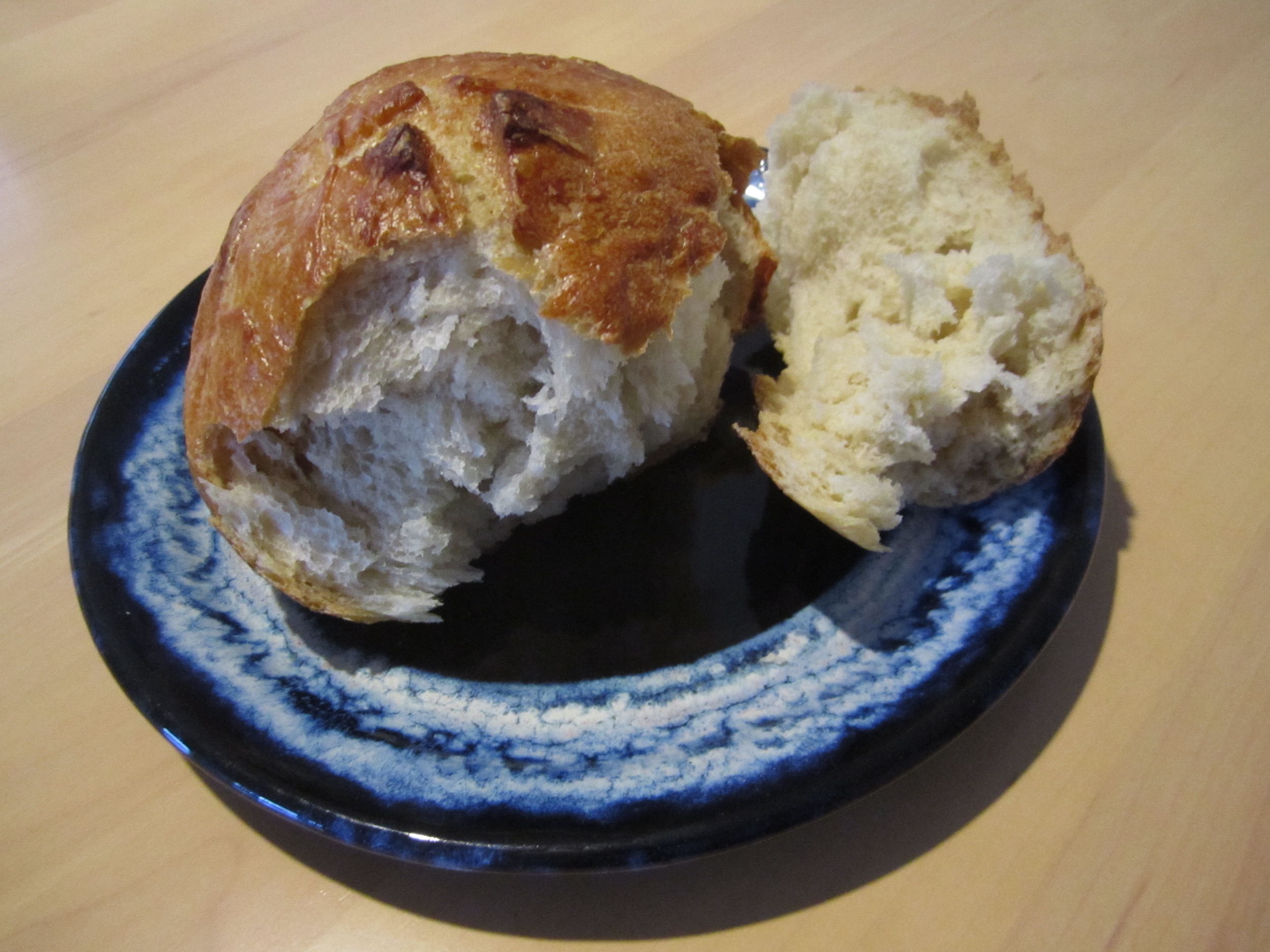


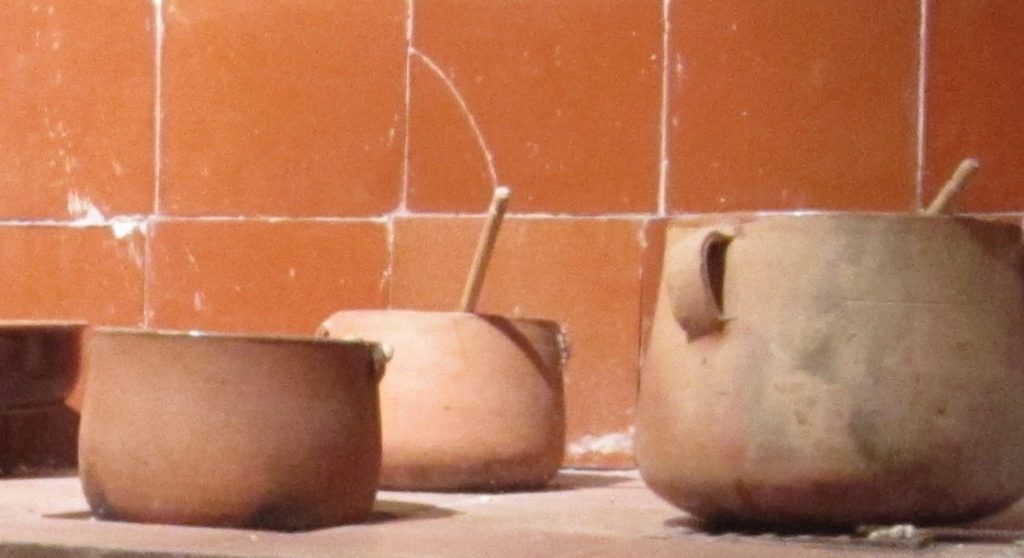
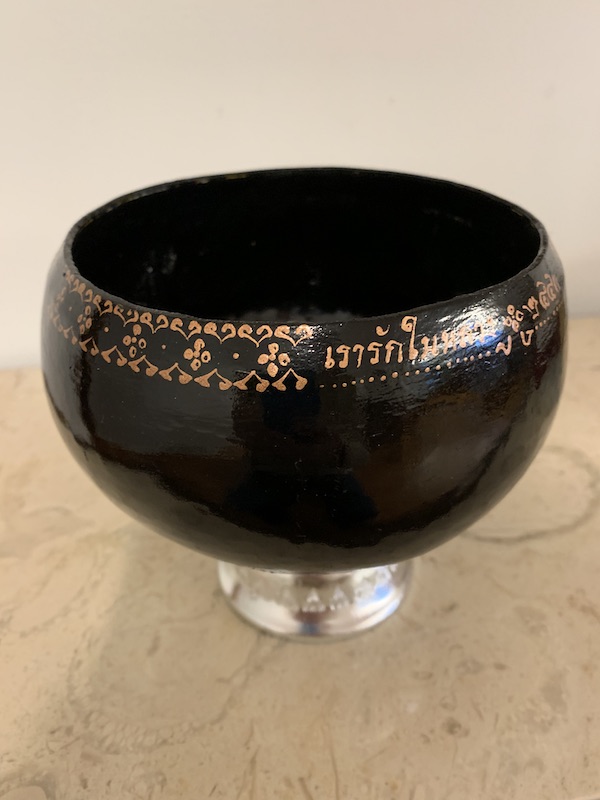
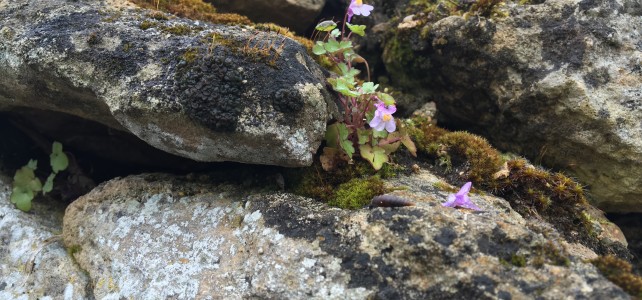
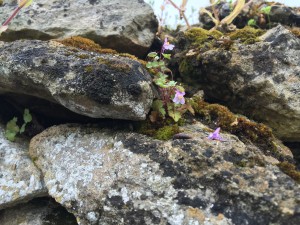
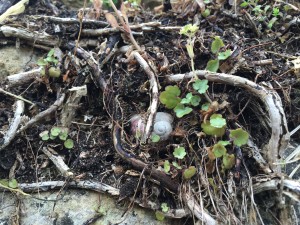
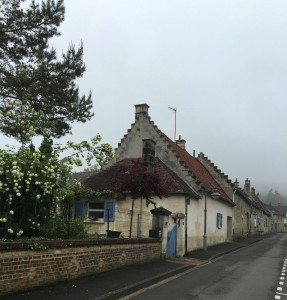
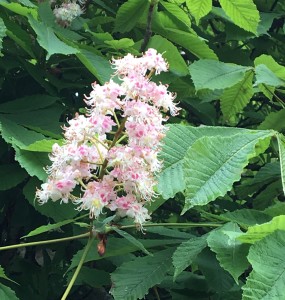
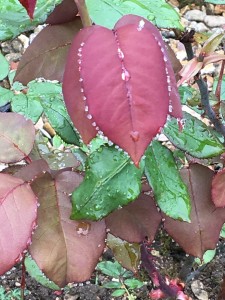
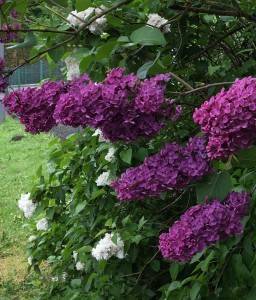
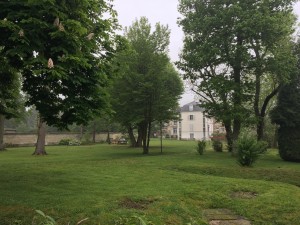
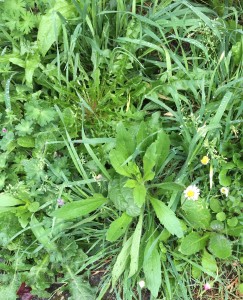
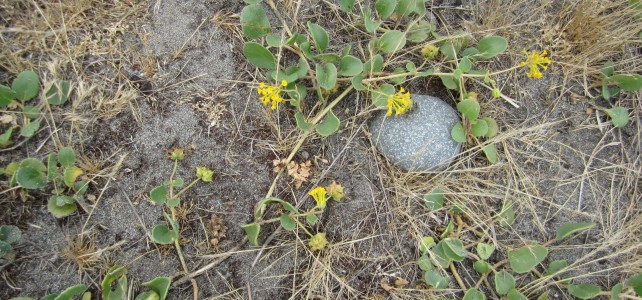
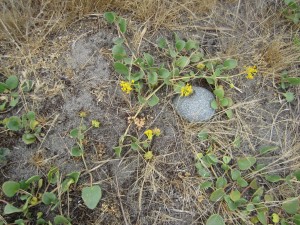
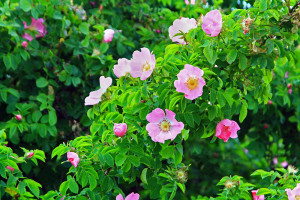 The poem is “Roses.” Oliver writes of the quest to answer life’s “big questions” and decides to ask the wild roses if they know the answers and might share them with her. They don’t seem to have time for that. As they say, “…we are just now entirely busy being roses.”
The poem is “Roses.” Oliver writes of the quest to answer life’s “big questions” and decides to ask the wild roses if they know the answers and might share them with her. They don’t seem to have time for that. As they say, “…we are just now entirely busy being roses.”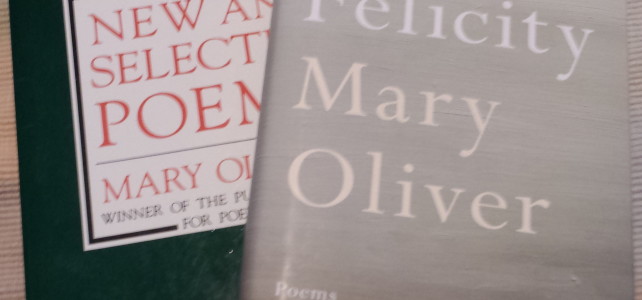
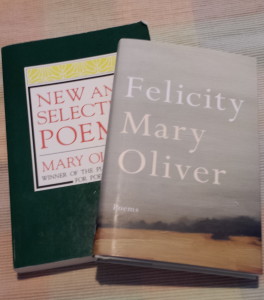 My day was off to a confused start. It was the time change. Usually, the clock by my bed adjusts for moving into or out of daylight savings time, but not this morning. Or maybe I just read it wrong. I hurried, washed my hair, and drove to church. No one was there. That’s when I realized: Daylight savings time was back. Sigh. Not a fan.
My day was off to a confused start. It was the time change. Usually, the clock by my bed adjusts for moving into or out of daylight savings time, but not this morning. Or maybe I just read it wrong. I hurried, washed my hair, and drove to church. No one was there. That’s when I realized: Daylight savings time was back. Sigh. Not a fan.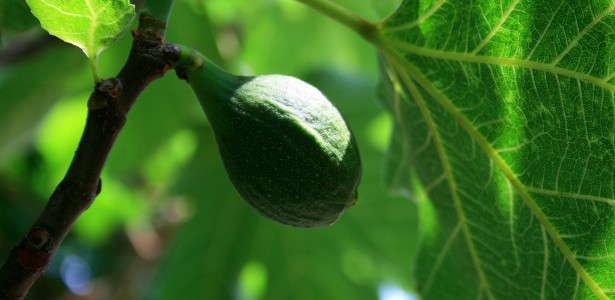
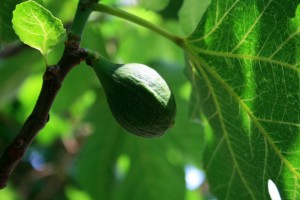
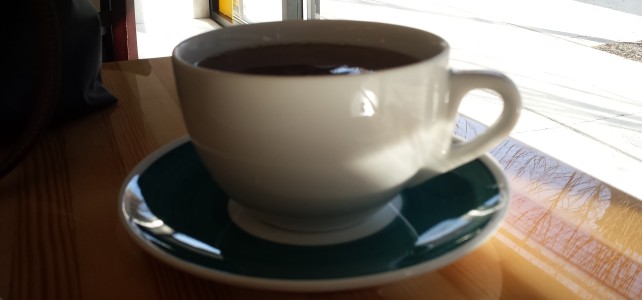
 Bright sun was a welcome change from the grey overcast days we’d been having. I hurried along the sidewalk, passing upscale condos along the street adjacent to the downtown parking lot where my car waits everyday while I’m at work. The brown sandstone cathedral sits just across the street. I thought about dropping in, but opted for the church of buildings and people, cars and cracked sidewalks instead. The cathedral would be locked anyway.
Bright sun was a welcome change from the grey overcast days we’d been having. I hurried along the sidewalk, passing upscale condos along the street adjacent to the downtown parking lot where my car waits everyday while I’m at work. The brown sandstone cathedral sits just across the street. I thought about dropping in, but opted for the church of buildings and people, cars and cracked sidewalks instead. The cathedral would be locked anyway.